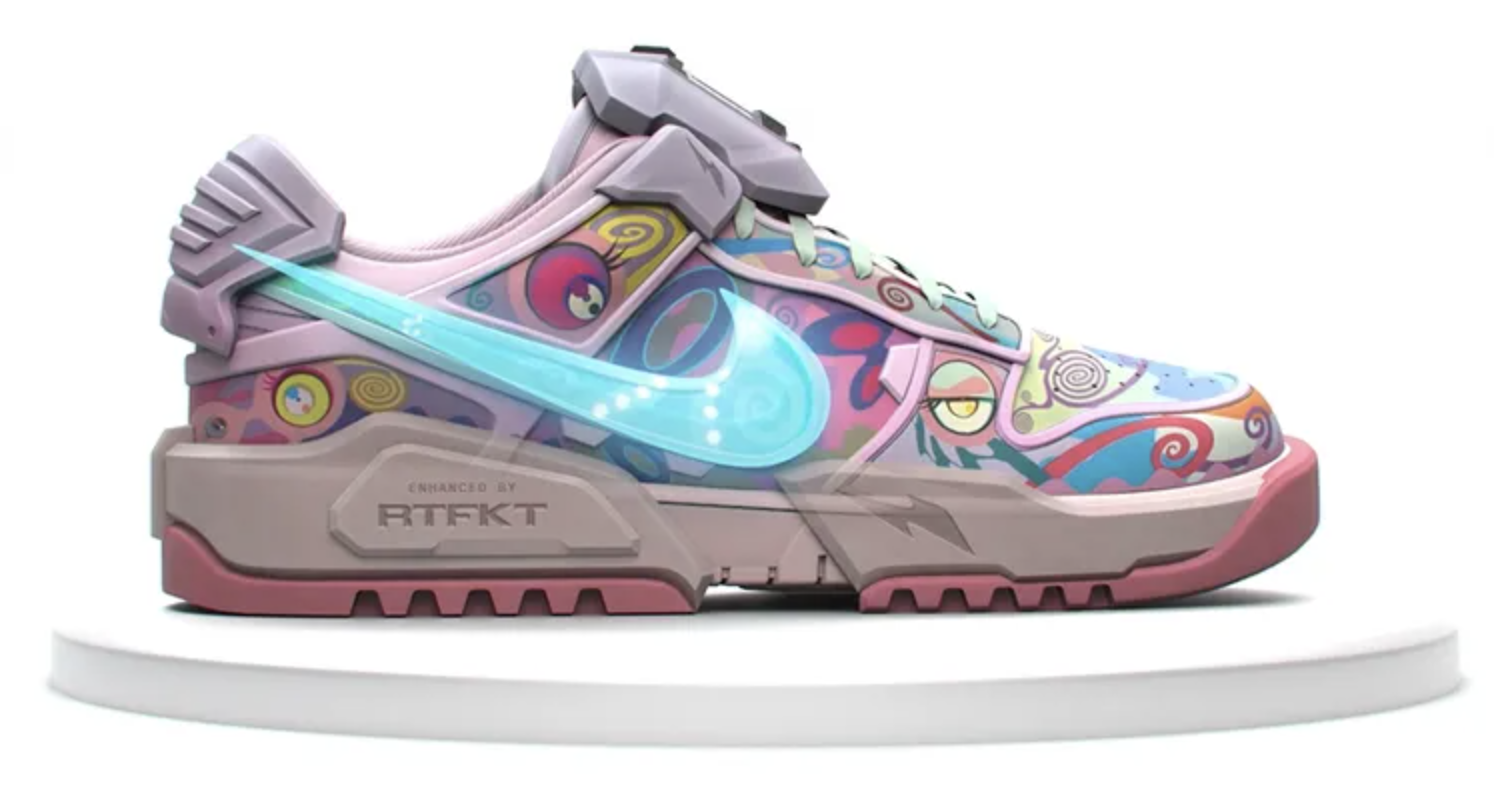Digital and e-commerce news - April 2022
Here I summarize some news I read in April, related to the digital and e-commerce world that I found most interesting and relevant. I know they are not ‘news’ anymore but I hope that this post will still provide some insights and generate new ideas.
AC Milan opens a brand store on Tmall and get closer to its Chinese fans
The Italian football team AC Milan has just opened its brand store on Tmall (Alibaba’s B2C in China). Here, Rossoneri’s 148 million Chinese fans can now buy Milan’s new and vintage jerseys, personalized collections, and accessories (phone cases, scarves, and more). Read the news here.
My bit: Merchandising and fanbase engagement are becoming relevant for all sports teams. Football teams started to leverage their brand not just for sport but also for lifestyle, fashion, and so on. Other European teams (Liverpool, Bayern Munich) have already expanded in China. How can teams grow merchandise ‘volumes’ while focusing on lifetime value of most loyal and local fans?
Digital audio advertising is the fastest growing form of online marketing.
According to IAB’s report, the global digital advertising industry was worth $189 billion in 2021 (up 35%). The significant aspects for the music business include the IAB's estimates that digital audio advertising increased by 57.9% to $4.9 billion in 2021, the largest YoY growth. Podcasts’ adv spending might play a major role since, last year, it reached $1.3 billion. However, digital audio adv at the moment represents only 2.6% of the total market. Read more here.
My bit: Many companies are not focusing only on digital audio adv but they are also supporting podcasts’ producers or they are producing their own shows. These are great opportunities for companies to make listeners aware of their CSR efforts and to associate brands with culture, news, music, etc.
Five marketing trends you cannot miss in 2022
It’s a no-brainer that the global pandemic fostered the digital and online development of a lot of industries, and marketing is not an exception. How should brands react and adapt? What trends could we expect to drive the digital marketing development in 2022?
Artificial Intelligence marketing services: to help marketers with data analysis and insights generation;
AR/VR and the metaverse: new technologies are becoming more affordable and represent a key enabler for showing or trying real products in a virtual world;
Micro-moments and hyper-personalization: customers’ behaviors prediction at its finest level. Being able to provide the right solution at the right time and place could be a game-changer;
The end of the cookies era: no more “third-party cookies” from 2022 means that everyone’s looking for the solution and keep the momentum of targeted advertising;
Hybrid events: speaking again of VR/AR technologies, hybrid events could provide the opportunity to test new hybrid experiences and marketing solutions.
Summary adapted from Forbes article “The Five Biggest Marketing Tech Trends in 2022”
Meta will test an e-commerce for virtual goods in the metaverse.
Mark Zuckerberg communicated that Meta is testing new services that will allow creators and entrepreneurs to sell virtual goods in the metaverse. According to Meta, someone may create and sell fashion accessories or provide paid access to a new part of the metaverse. Citi Bank estimates that metaverse economy might be valued $8 to 13 trillion by 2030. Read more here.
E-commerce in the Metaverse is not enough. Meta is opening its first physical store.
Meta Store, via Reuters
Meta is going from online to offline. Its first physical store will be opened in California, near Meta’s Reality Labs. According to Martin Gilliard (Head of Meta Store) the location “gives us more opportunity to experiment and keep the customer experience core to our development,” lessons from which will “help define our future retail strategy”. In the new store customers can try Portal videophone, Quest virtual reality headsets in addition to Ray-Ban Stories smart glasses and other augmented/virtual reality products. News here.
Walmart's last mile drone delivery is up and flying while Amazon one is crashing down.
According to McKinsey, in the last three years 660,000 drone deliveries have been carried out, but only a few companies are trying to scale this business. During 2021, Walmart rolled out the last-mile drone delivery in Pea Ridge (Arkansas) and, at the beginning of 2022, it has already made it clear that they will increase investments in home delivery solutions. In addition, Wing, a company owned by Alphabet (Google) and UPS, started in Q1 2022 to test the delivery service via drones in Dallas-Fort Worth metropolitan area. On the other side, Amazon drone delivery program is slowing down due to an accident recently occurred at an Amazon test facility in Oregon (according to Bloomberg).
My bit: Drone delivery seems dystopic as of today and not relevant for many of us. I suggest we should think about this opportunity in different ways. In the future, drones could help for fast delivery of organs, other urgent deliveries or to help people after catastrophes (tsunamis, earthquakes, fires, etc.). However, what is the price we have to pay in terms of traceability and privacy?
Nike NFT sneakers set sold for a total of more than $ 11 million
via Nike/RTFKT
In the last few years the sneakers hype brought many people to obsess with limited editions, collect them and sometimes re-sell them at a higher price (have you ever heard the story of StockX?). Now, the hype is getting crazier with NFTs dropped by Nike and designed by RTFKT. Indeed, a collection of 20,000 NFTS sneakers have been released in April and is now worth $ 11 million (in ether). The NFT you see above has actually been sold for $ 130,000. Read more here.






